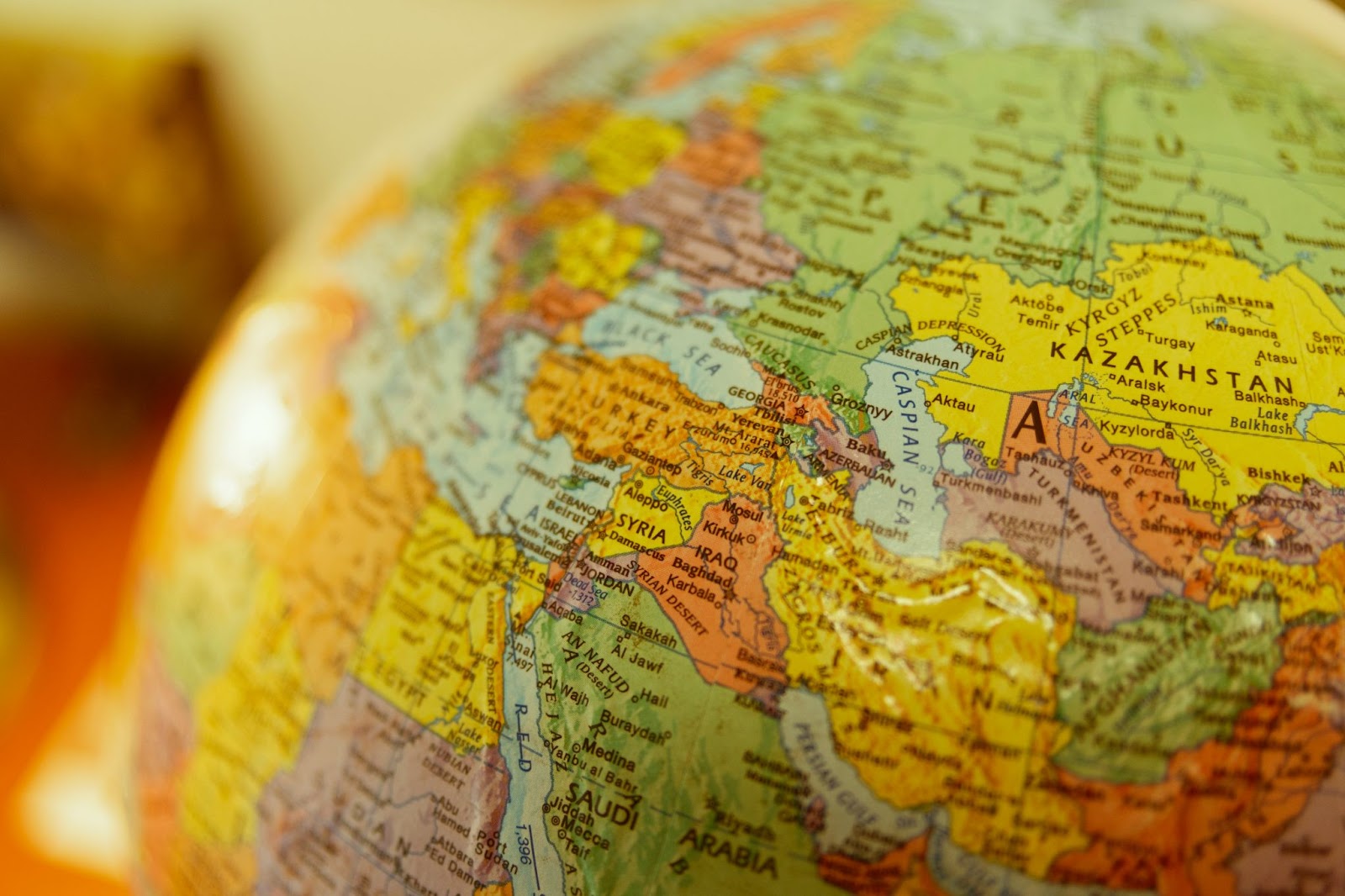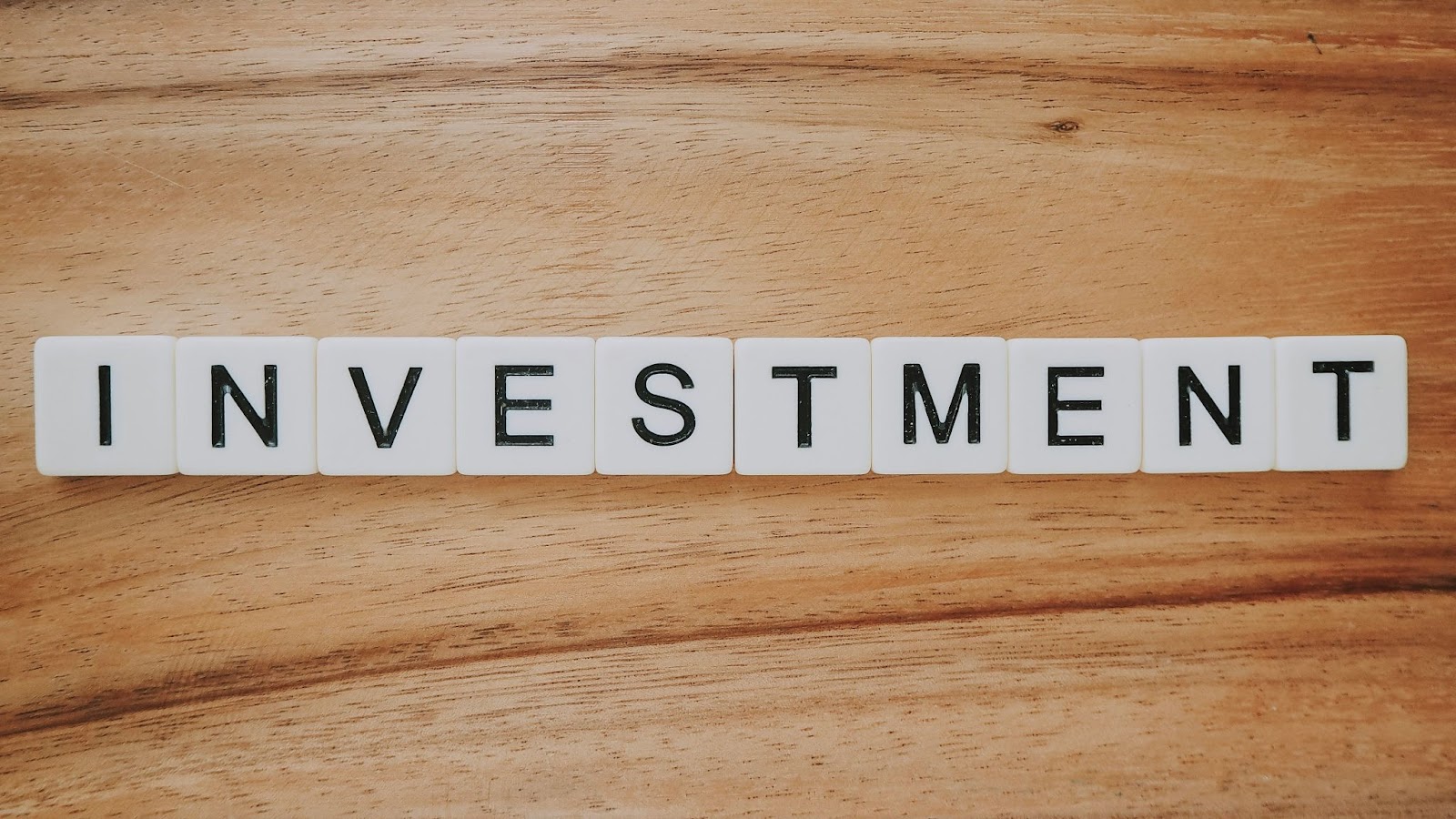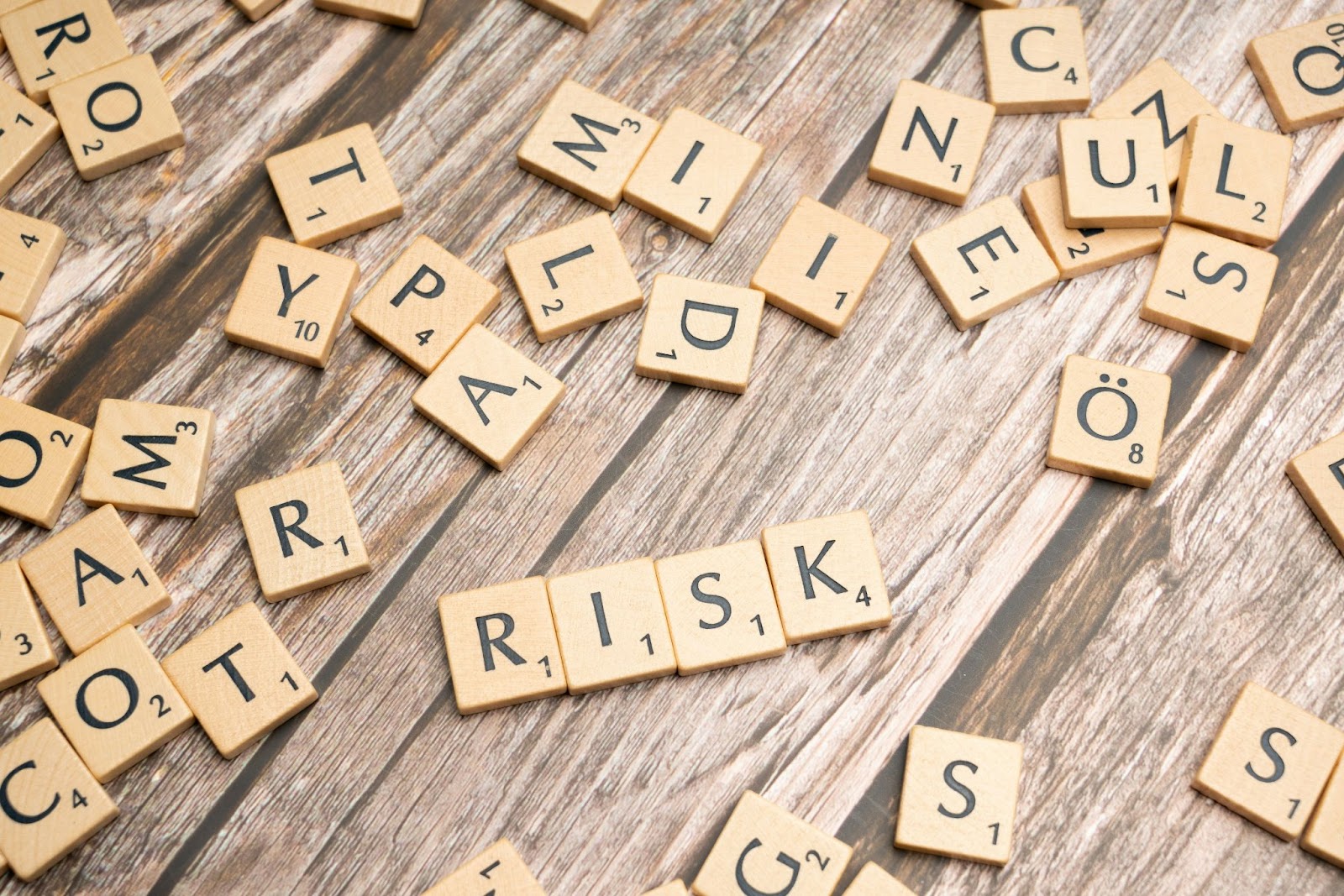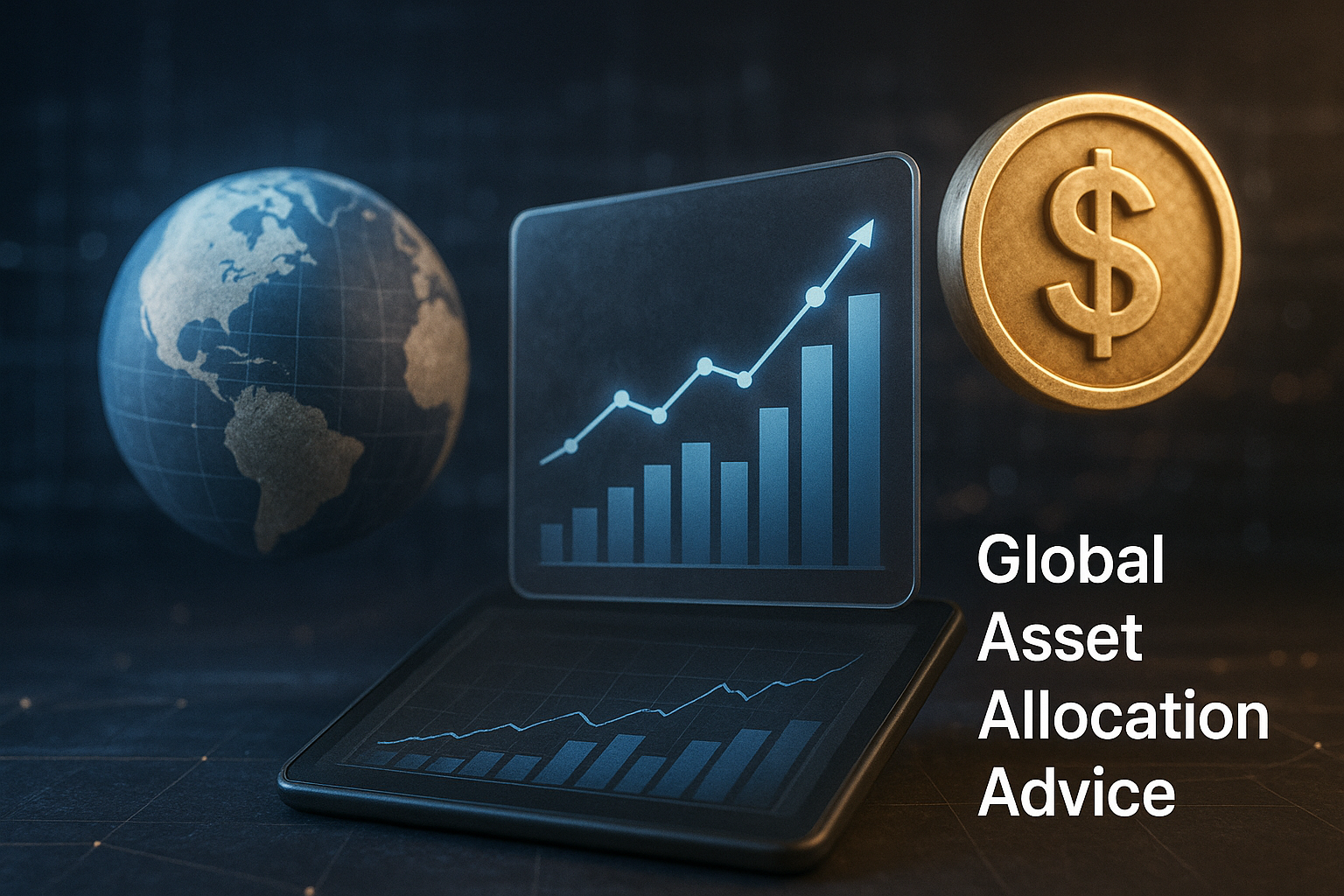Here’s a practical global asset allocation advice for navigating global markets, managing risks, and building a resilient portfolio.
Money doesn’t sit still anymore. It moves. Crosses borders. Finds new places to grow every single day. Stick only to your home market? And you’re playing with blinders on. You might feel safe, but you’re missing more than half of the opportunity.
Think of it this way: if your portfolio is tied to one economy, you ride its highs and crash with its lows. Build it global, and the balance shifts. Some markets stumble, others rise. Together, they keep your future steadier. Yet still ready to grab opportunity when it shows up.
But to go global with your assets, you need solid global asset allocation advice. And that’s what we’re exploring today. We’ll discuss why international portfolio diversification matters, how cross-border investment strategies actually work, and how to approach risk management in global investing.
Understanding Global Asset Allocation

“Global asset allocation” might sound like something only analysts and economists should worry about. But really, it’s not that mysterious. At the core, it just means spreading investments around the world to different countries, different markets, different assets.
Instead of relying on one place, you mix it up. Maybe U.S. stocks here, European bonds there, a bit of Asian real estate, and even exposure to emerging economies. The purpose is simple: balance. When one region slows, another might be racing ahead.
Why It’s Different from Domestic Investing
Sticking to local markets often feels easier. You know the companies, the rules, and the overall climate. But that comfort has a cost too much dependence on a single economy. If all your investments lean on one region, a downturn can do real damage.
Global asset allocation is designed to prevent that. By widening the scope, you’re not tied to one outcome. Instead, you let multiple economies share the weight, which helps spread risk and open new doors for growth.
The Role of Currency and Geopolitics
Here’s where things get a bit more complex. International investing isn’t only about industries; it’s also about money movement and politics. Exchange rates can make gains look bigger or smaller overnight. A trade deal, new regulation, or conflict on the other side of the world can ripple across markets.
That may sound unpredictable, but paying attention to these shifts actually gives investors an edge. With the right guidance, you can hedge currency swings, move assets when needed, and adapt without losing your footing.
How Global Cycles Shape Returns
No two economies move in lockstep. One might be expanding, while another is sliding into slowdown. This uneven rhythm creates chances for investors who look beyond borders. If your home market stumbles, you don’t have to stumble with it. Global allocation lets you ride growth waves in different regions and smooth out the bumps along the way.
The Big Picture
At the end of the day, global asset allocation is about widening your view. It’s a reminder that opportunities aren’t confined to a single map. Yes, it calls for awareness and the patience to navigate risks, but the reward is resilience.
A portfolio that reflects the world rather than just one slice of it stands a better chance of lasting through both highs and lows. Flexibility, after all, is what often separates steady investors from shaken ones.
Why International Portfolio Diversification Matters

When it comes to investing, one rule has stood the test of time, don’t stack all your eggs in a single basket. The same wisdom applies to global markets. That’s why international portfolio diversification matters. It opens more doors for growth and offers extra protection when things take a wrong turn.
Spreading Risk with Global Reach
Markets never move in one straight line. Some years your local economy prospers, other years it falters. If your money is tied only to one country, every stumble lands directly on you. But when you invest across different regions, you soften those shocks.
A slump in Europe can be offset by expansion in Asia. A dip in the U.S. may be cushioned by gains in emerging economies. Diversification won’t cancel risk, but it makes the journey less bumpy.
Developed and Emerging Markets
Investors often lean toward developed nations the U.S., Japan, Germany because they feel safer. Yet emerging markets offer something else: growth. Economies like Brazil, India, or Vietnam can be unpredictable, but they often bring stronger long-term rewards. A smart blend of both creates balance. Stability from developed nations and growth from emerging ones together give your portfolio resilience.
Why Correlation Counts
Here’s a key idea—correlation. Some assets rise and fall together, while others move in opposite directions. The less they move alike, the better for diversification. For instance, U.S. tech stocks could slide even as commodities rise.
If you hold both, you don’t face total loss at once. This mix-and-match effect is the real strength of diversification. It’s not about chasing the highest return, but about preserving wealth over time.
Lessons from History
The past has proven why spreading investments worldwide pays off. During the 2008 crash, U.S. and European markets plunged, but some Asian countries bounced back faster. Those with global exposure recovered sooner.
Conversely, during Asia’s late-1990s financial crisis, U.S.-focused investors escaped the worst. Diversification doesn’t hand out guaranteed profits, but it does help you withstand storms.
Thinking Globally
At the heart of international portfolio diversification is a simple idea: the world is your field to invest in. You’re not limited to what’s familiar or nearby. You can distribute wealth across regions, industries, and currencies.
With the right global asset allocation advice, you can strike that balance where security meets opportunity.
Global Asset Allocation Advice: Where to Invest

\The most commonly asked question. Yes, you want to go global, but where exactly to put your money? Here’s a concise breakdown of assets you can invest in:
Equities: The growth engine
Stocks? They’re usually the heartbeat of most portfolios. U.S. companies take the spotlight because of their track record, but putting all faith there can be risky. That’s where spreading out helps.
Maybe you add European blue chips. Maybe Asian tech giants. Or even a few names from fast-moving emerging markets. The point is, each region dances to a different tune. That variety keeps your portfolio from being pulled in just one direction.
Fixed income: The safety net
Bonds don’t grab attention. They just sit there quietly, holding the line. But when stocks shake, they matter. Mixing U.S. Treasuries with European or Asian debt, even some corporate bonds, creates a cushion. It’s not flashy, but it spreads risk and makes sure you’ve got something solid under your feet.
Alternative assets: The extra layer
Think hedge funds, commodities, private equity. They don’t move like stocks and bonds, and that’s the point. Gold tends to shine when nerves are high. Private equity sometimes finds growth where public markets can’t. They’re not perfect, but together, alternatives give your portfolio that extra layer of toughness.
Real estate: A global anchor
Property is its own world. You can reach it through REITs or direct investments, but either way, it gives income and long-term value. And because housing markets don’t all rise and fall at the same time, spreading across regions means you’re not tied to one country’s boom—or bust.
Cash and currencies: The hidden factor
Cash is boring, right? But it’s underrated. It gives flexibility, and in the global mix, currencies matter more than people think. Holding foreign currencies or hedged funds can protect when exchange rates swing. A weaker dollar, for example, might even boost your overseas gains. Plus, with cash handy, you can act fast when new chances appear.
The blend that matters
None of these parts shine alone. The magic shows in the mix. Stocks push growth, bonds keep balance, alternatives add grit, real estate anchors, and cash with currencies makes sure you’re ready. Put together, they build something stronger than the sum of parts. That’s the real win of global asset allocation, balancing your goals with how much risk you’re willing to live with.
Cross-Border Investment Strategies

It’s not just about looking at home turf. Stepping into global markets opens doors you’d never find locally. But along with the promise comes a new rulebook. Different risks. Different rewards. That’s why you need a plan. With the right moves, global investing feels less like a maze and more like a real path to wealth.
Direct vs. Indirect Investing
The first fork in the road is clear. Do you buy into foreign companies directly, or do you take the indirect path? Direct investing means picking stocks or bonds listed overseas. It gives you control, but also complexity—rules, taxes, currencies, all in play.
Indirect investing is easier. International ETFs and mutual funds handle the work for you, offering exposure without the heavy lifting.
Using Funds to Your Advantage
ETFs and global mutual funds stay popular for a reason. They spread risk instantly across regions and industries. One emerging market ETF might touch dozens of countries at once. That way, no single stumble knocks your portfolio off balance. For everyday investors, it’s a simple way to step into global waters.
Offshore Accounts and Investment Vehicles
Some want more freedom. Offshore accounts and specialized structures can deliver tax perks and entry into markets not open at home. But they’re not for everyone. They often demand larger minimums and bring more rules to follow. For experienced investors, though, they add another layer of flexibility and reach.
Tax Considerations Across Borders
Taxes don’t stay local. Each country has its own take. Some cut deep into dividends. Others are kinder on capital gains. Overlooking these details chips away at returns. That’s why smart global strategies always weigh the tax angle before taking the plunge.
Regulations and Trade Agreements
Global investing also means navigating shifting lines. Some countries welcome foreign money. Others guard key industries. Trade deals, tariffs, and sanctions can tilt the field overnight. Staying updated helps you avoid missteps and keep your strategy sharp.
Building a Smarter Global Strategy
Investing across borders isn’t about chasing every shiny opportunity. It’s about balance. Mixing direct exposure with diversified funds. Using vehicles where they make sense. Keeping an eye on taxes and rules. The real goal? A strategy that holds steady through change—and keeps working for you well into the future.
Risk Management in Global Investing

Risk is part of every investment. That much never changes. Step into global markets, though, and the risks shift shape. Now it’s not just about a company’s numbers. It’s about currencies, governments, and world events playing their part. The upside? With the right strategy, these risks can be handled—not feared.
Political and Geopolitical Risk
Global investing always has a political edge. Elections, new policies, or conflicts can jolt markets overnight. A trade law might lift one sector and crush another. The way around it? Spread your bets. Diversifying across regions keeps one country’s trouble from dragging down your whole portfolio.
Currency Fluctuations and Hedging
Exchange rates are double-edged. A strong dollar can trim overseas gains, while a weaker one can boost them. This swing can hurt—or help. Tools like currency-hedged funds or derivatives smooth out the ride. Even holding multiple currencies naturally cushions the blow.
Inflation and Interest Rate Gaps
Economies don’t move in sync. Some raise rates to fight inflation. Others cut to spark growth. These shifts ripple through bonds, stocks, and valuations. Keeping a global mix balances those differences and keeps you from being tied to one country’s policy path.
Liquidity Risks in Emerging Markets
Emerging markets tempt with high returns but bring thinner exits. Less liquidity means sharper swings when investors rush in—or out. The safer play? Balance them with steadier assets. That mix keeps excitement without letting volatility run the show.
Diversification as a Shield
The oldest tool still works best: diversification. Owning assets across countries and sectors spreads the weight. It won’t erase risk, but it builds resilience. And resilience is what keeps portfolios steady when markets turn rough.
Balancing Courage and Caution
Risk management in global investing isn’t about dodging it. It’s about knowing it. Courage helps you reach for new ground. Caution makes sure you land safely. Together, they let you invest with confidence—even when the world feels unpredictable.
Trends Shaping Global Asset Allocation in 2025 and Beyond

The world of investing doesn’t sit still. It shifts. Moves. Reinvents itself. New technologies shake things up. Economies rise, slow, then rise again. Even cultural values, what people care about, what they refuse to back, push money in new directions.
For investors, spotting these shifts early is everything. It’s the thin line between leading the pack and scrambling to catch up. And right now, several big forces are already shaping where global capital flows next.
The Rise of Digital Assets
Not long ago, crypto felt like a niche club. Experimental. Risky. A playground for tech believers. Now? Digital assets and blockchain-based systems have moved center stage. They’re volatile, sure. But they’ve carved out a role. A hedge against inflation for some.
A gateway into new financial ecosystems for others. It’s not about throwing out stocks and bonds, it’s about adding another piece to the puzzle. Another layer of diversification in a world that craves balance.
ESG and Responsible Investing
Money is values-driven now. Investors want returns, but they also want impact. They’re backing companies that take sustainability seriously, that care about governance, that put people and the planet before shortcuts. This isn’t charity, it’s resilience.
Businesses that ignore ESG risks are already feeling the heat, regulators, consumers, reputations slipping. ESG isn’t a side option anymore. It’s becoming part of the core strategy. A filter that shapes how global portfolios are built.
Frontier and Emerging Markets
Emerging markets are familiar territory. But frontier markets? That’s where curiosity sparks. Nations in Africa, Southeast Asia, and the Middle East are sprinting forward, often from a low base. The risks are real—political swings, unstable currencies, fragile systems.
Yet the upside is powerful. Growth at double speed. Untapped industries. Fresh consumer markets. Smart portfolios sprinkle in exposure here—not too much, but enough to catch the wave when it builds.
The Role of Global Monetary Policy
Central banks still write the rules of the game. Raise rates, cut rates, signal too strongly or not enough—and capital shifts overnight. In 2025 and beyond, divergence matters. The U.S. may tighten while Europe loosens. Asia may chart its own course.
Those gaps ripple through currency values, debt markets, and equity flows. The investors who watch closely can adjust early, before the rest of the crowd scrambles to react.
Technology-Driven Investment Tools
Investing isn’t just about instincts anymore. AI, machine learning, big data—they’re not buzzwords, they’re tools reshaping portfolios in real time. Robo-advisors scan oceans of information and adjust allocations on the fly.
Algorithms spot risks humans miss. For global strategies, that speed is an edge. Less guesswork, fewer blind spots, more agility in a world that punishes hesitation.
Keeping the Future in Focus
Global asset allocation isn’t static. It moves with technology, with policy, with shifting priorities of people and institutions alike. The real skill? Staying adaptable. Staying curious. Because the future won’t reward those who cling to the old playbook.
With the right global asset allocation advice and the proactive mindset investors can turn these trends into more than signals. They can turn them into long-term advantages.
Practical Global Asset Allocation Advice for Investors

Global investing. Sounds heavy, right? Complicated. Out of reach. But it doesn’t have to be that way. The truth? You don’t need to jump all in. Small moves matter. Little steps, done consistently, start to build something solid. Confidence grows. Risks feel less scary. And before you know it, you’re not just testing the water—you’re actually swimming.
Start Small, Then Expand
Don’t rip up your portfolio in one night. Start tiny. Pick an international ETF. Maybe a global mutual fund. They spread your money across countries without demanding you understand every single market. Easy entry. Once you’re more comfortable, you can go deeper. Direct investments. A region that excites you. An industry you believe in. Step by step, not all at once.
Balance Home Bias with Global Reach
Here’s the trap: home bias. It feels safe. Familiar. “I know my market, I’ll stick here.” But that comfort? It limits you. If all your eggs are sitting in one basket, one economy, your growth hits a ceiling. Balance is better. Keep a piece local. But add global exposure slowly. That way, if your home market stumbles, your portfolio doesn’t fall with it.
Rebalance Regularly
Markets don’t stay still. What felt balanced a year ago can lean too far today. Maybe one region runs hot. Maybe another drug. That’s why rebalancing matters. Once or twice a year, pause. Look at the mix. Adjust. Trim the heavy parts. Strengthen the weak ones. Realign with your goals. Keep your risk where you want it—not where the market pushes it.
Seek Professional Guidance
Currencies. Taxes. Regulations. It’s a lot to juggle. Even seasoned investors find it messy. That’s why many lean on advisors. Someone who understands international markets. The right guidance saves mistakes, saves time, maybe even saves money. Doesn’t mean you give up control. It just means you’re not blind to risks—or blind to opportunities.
For example, here at Expatriate Global, we offer a Done-For-You service that encompasses moving assets, immigration, tax strategies, asset protection, and more.
Use Currency-Hedged Products
Currencies shift all the time. Sometimes in your favor. Sometimes not. A strong dollar trims returns. A weak dollar boosts them. That swing is real. Currency-hedged funds are one way to soften the hit. They give you the reach without all the volatility. Even holding assets in different currencies can be its own shield.
Stay Curious and Informed
Global markets change fast. A trade deal here. An election there. One new policy. Suddenly the outlook flips. Curiosity keeps you sharp. Read more. Follow the news. Pay attention to trends. The more you know, the less those sudden shifts catch you off guard.
Putting It All Together
This isn’t about chasing every shiny idea. It’s about patience. Balance. Flexibility. Start small. Spread out. Adjust often. Keep learning. That’s how you build a portfolio that lasts. One that works not only now—but years down the road.
Mistakes to Avoid in Global Asset Allocation

Even the sharpest investors trip up when they go global. The challenge isn’t only picking the right assets. It’s knowing what not to do. Avoiding the usual traps saves money, saves stress, and keeps opportunities open. Let’s walk through the mistakes worth dodging.
Overexposure to One Region
A booming economy looks tempting. Hard not to get pulled in. But stacking too much money in one place? Risky. Think U.S. tech. Or China’s growth story. Both are powerful. Both fragile if policy shifts—or markets stumble. One bad turn, and your whole portfolio feels it. Better move? Spread it. Don’t bet the farm on a single region.
Ignoring Currency Risk
Currencies sneak up on you. Gains look great on paper—until exchange rates shift. Picture strong returns in Europe. Then the euro drops against the dollar. Suddenly, profits shrink. Many don’t notice this risk until it’s too late. Hedged funds help. Holding assets in different currencies helps too. The key is not leaving yourself exposed.
Forgetting About Taxes
Cross-border investing isn’t just about markets. Taxes travel with you. Some countries cut deep into dividends. Others double tax if you’re not careful. Miss those details, and your returns fade fast. Planning ahead matters. The right advice makes a difference. Just like experts at Expatriate Global handle all tax related matters, giving you the ease of mind when diversifying assets.
Chasing High-Yield but Unstable Markets
Emerging markets flash bright. The growth stories sound incredible. But risk runs just as high. Political tension. Weak regulation. Sudden capital controls. Your money can get trapped. That’s why seasoned investors treat these markets as spice, not the main dish. A slice, not the whole pie.
Failing to Revisit Your Allocation
Markets shift. Economies evolve. A portfolio built five years ago might not fit today’s reality. Yet too many investors hold on without checking. That’s dangerous. Regular reviews keep things current. Rebalancing brings your portfolio back in line with your goals and the risks you actually want to take.
The Bottom Line
Global investing isn’t about perfection. Mistakes happen. Always. But most can be avoided with discipline, balance, and awareness. Stay alert. Keep learning. Adjust when needed. That’s how you sidestep the traps and focus on what matters growing wealth while protecting it.
Conclusion
Investing doesn’t stop at borders anymore. The world’s connected. Opportunities are global. So are the risks. Which means thinking global isn’t a choice—it’s a must.
Diversify. Balance. Manage risk. Do that, and your portfolio stands stronger. It weathers storms. It grabs growth when it shows up. This isn’t about chasing every shiny trend. It’s about building something steady. Adaptable. Built to last.
With the right global asset allocation advice, you’re not just reacting to markets. You’re shaping your future. Confidently. Deliberately. Step back. Look wider. Let your portfolio reflect the world you live in.
Frequently Asked Questions
1. Why is currency risk important in global investing?
Because exchange rates fluctuate, currency risk can eat into returns. Hedging or diversifying currencies helps reduce this impact.
2. How often should I review my global portfolio?
Most experts recommend at least once a year, but major market shifts or life changes may call for more frequent reviews.
3. Can small investors benefit from global asset allocation?
Yes. With ETFs and mutual funds, even small investors can access international markets and diversify effectively.
4. Is it better to invest directly in foreign stocks or through funds?
Direct investing offers control but higher costs and complexity. Funds, however, provide broader exposure with lower effort.
5. What role do emerging markets play in asset allocation?
Emerging markets can boost growth potential but come with higher volatility. Balancing them with stable assets is key.


